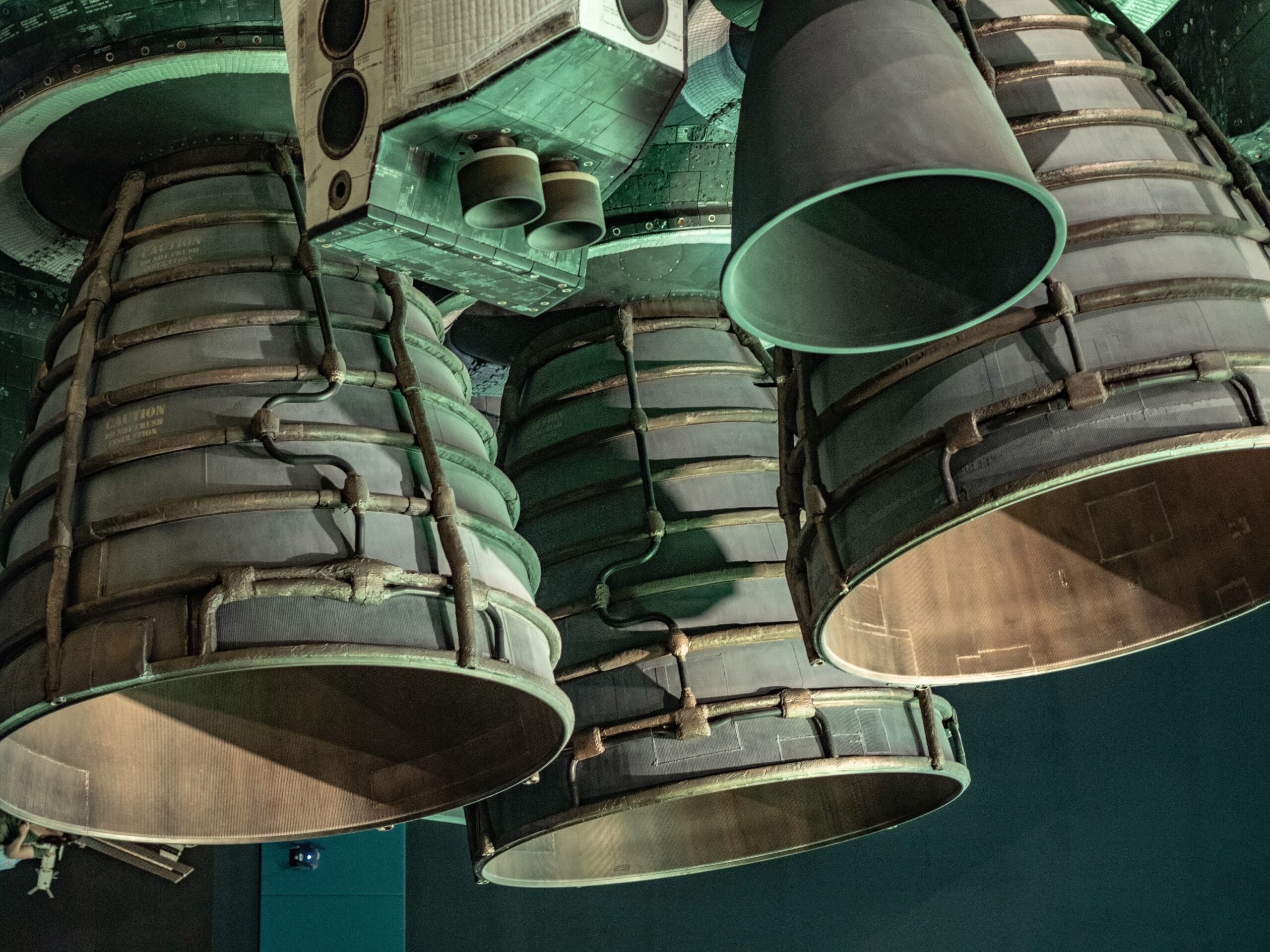Introduction:
Aerospace Composites: A New Frontier in Aviation Engineering
In recent years, the aerospace industry has witnessed a remarkable revolution with the introduction of aerospace composites. Composites have emerged as a game-changing material, offering unparalleled strength, lightweight properties, and enhanced durability, all of which are crucial factors in aerospace design and manufacturing. This article delves into the world of aerospace composites, exploring their applications, benefits, and the profound impact they are having on the aviation industry.
I. The Rise of Aerospace Composites
The Evolution of Aircraft Materials
Aerospace composites have gradually replaced traditional metallic materials, such as aluminum and steel, in various aircraft components. These composites, which are made of a combination of fibers and resins, offer superior strength-to-weight ratios and exceptional resistance to fatigue and corrosion. Their remarkable properties have made aerospace composites the material of choice for many aircraft manufacturers, leading to an industry-wide shift towards composite-intensive designs.
II. Applications of Aerospace Composites
Enhancing Performance and Efficiency
1. Aircraft Fuselage and Wings: The Backbone of Strength
Aerospace composites find extensive application in the construction of aircraft fuselages and wings. This shift from traditional materials to composites has significantly reduced the overall weight of aircraft, resulting in improved fuel efficiency and reduced emissions. The increased strength-to-weight ratio of composites allows for larger and more aerodynamically efficient wings, contributing to enhanced flight performance.
2. Interior Components: Comfort Meets Innovation
Beyond structural elements, aerospace composites are also used in interior components of aircraft. They offer extraordinary design flexibility, allowing for innovative cabin layouts, lightweight seating options, and improved passenger comfort. Additionally, composites’ inherent resistance to fire and smoke propagation enhances aircraft safety standards, further reinforcing their importance in the aerospace industry.
III. Advantages of Aerospace Composites
Strength, Durability, and Eco-Friendliness
1. Unmatched Strength and Durability
Aerospace composites possess remarkable strength and durability, exceeding those of traditional materials. This characteristic ensures that aircraft components built with composites can withstand high stress loads and extreme environmental conditions, thereby increasing operational safety and reliability. Moreover, composites have excellent resistance to fatigue and corrosion, prolonging the lifespan of aircraft structures.
2. Weight Reduction: A Fuel-Efficient Future
One of the most significant advantages of aerospace composites is their lightweight nature. By utilizing composites in aircraft manufacturing, the overall weight is substantially reduced, resulting in reduced fuel consumption and emissions. This weight reduction not only contributes to fuel efficiency but also extends the range and payload capacity of modern aircraft.
3. Environmental Sustainability
Aerospace composites, due to their lightweight properties, play a pivotal role in reducing the carbon footprint of the aviation industry. By decreasing fuel consumption, composites contribute to lower greenhouse gas emissions, making air travel more environmentally friendly. The integration of aerospace composites aligns perfectly with the industry’s commitment to sustainable aviation, paving the way for a greener future.
Conclusion:
Aerospace Composites: Transforming Aviation for Tomorrow
The rise ofaerospace composites has unleashed a wave of innovation in the aviation industry. With their exceptional strength, lightweight properties, and eco-friendliness, composites are revolutionizing aircraft design and manufacturing. As the aerospace industry continues to push the boundaries of technology, aerospace composites will undoubtedly play an increasingly pivotal role, propelling the industry forward towards a more efficient, sustainable, and exciting future.
For more information on aerospace composites, visit Composites One’s website: aerospace composites.

